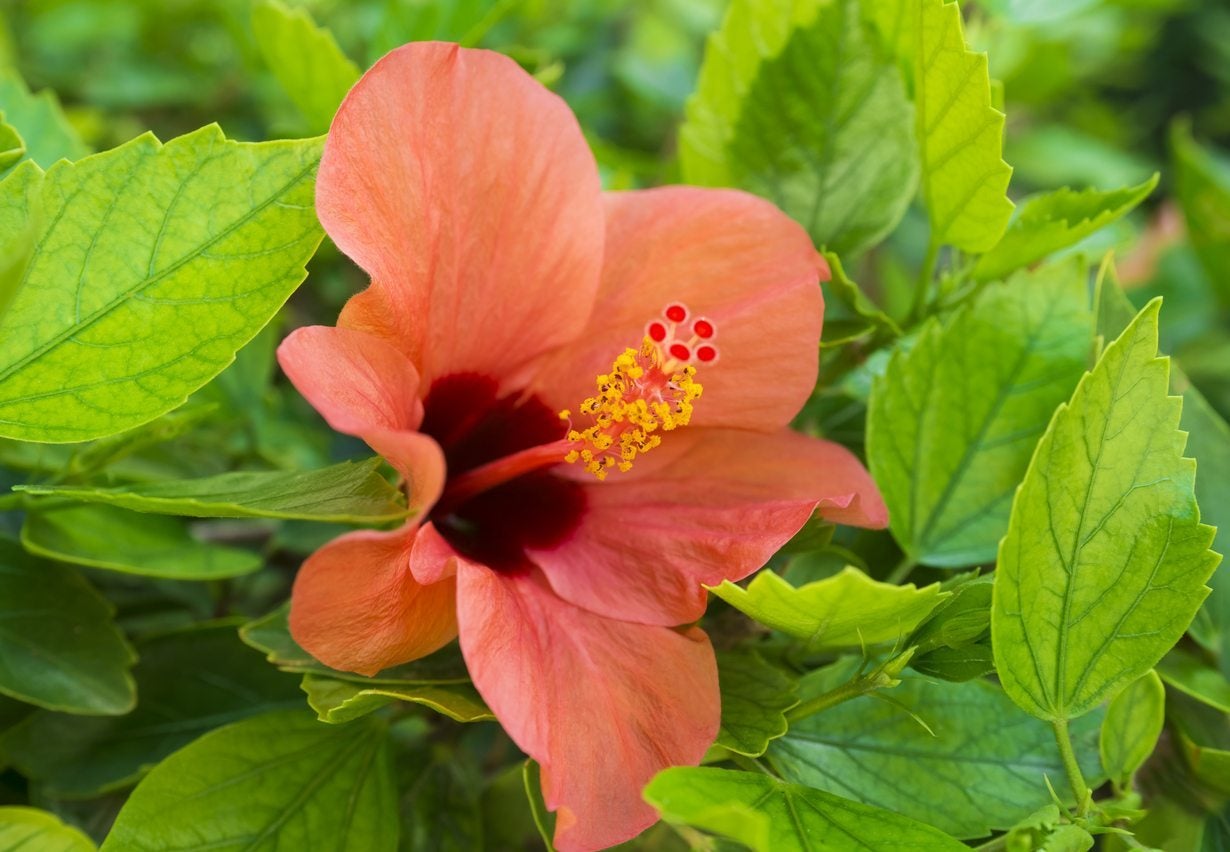Hibiscus Propagation Made Simple: How To Make More Plants For Free
Learning about hibiscus propagation can help you grow even more of these lovely plants. Before buying another one, you may want to try one of these techniques.

Tonya Barnett

Learning about hibiscus propagation is an exciting way to have more of these lovely plants. Hibiscus plants lend an inviting, tropical feel to any environment, inside or out.
Both hardy and tender types are celebrated for their large, vibrant blooms and immensely attractive foliage. Learning how to propagate hibiscus is an important part of hibiscus care, as it enables you to multiply your favorite cultivars. Below, we will explore how to propagate hibiscus plants in greater detail, including growing from seed and taking cuttings.
Which Types of Hibiscus Can You Propagate?
The first step in determining how to best propagate hibiscus is to identify the plant by type. Knowing the specifics of different hibiscus varieties can help you determine the best course of action and ultimately increase your chances of success.
While those grown as annuals are most frequently propagated by seed, specific hybrids or perennials may require propagation through cuttings, layering, or in water to ensure that each new plant will grow true-to-type.
Propagating Hibiscus from Stems
Experienced gardeners have been able to propagate hibiscus plant cuttings through the soft, semi-hard, hardwood segments. Though the timing and preparation of these cuttings will vary between types, the same general process applies.
Prepared cuttings should be placed into a moist growing medium and held where humidity will remain constant. Under ideal conditions, cuttings will begin to take root in as little as a few weeks.
Propagating Hibiscus by Layering
Some hibiscus species can be propagated by layering. Layering involves simply bending stems to the ground and covering a small section of the stem with soil.
Sign up for the Gardening Know How newsletter today and receive a free copy of our e-book "How to Grow Delicious Tomatoes".
More difficult types may benefit from the process of air layering. This method encourages root development while the living matter is still attached to the parent plant. This technique is known for its dependability, helping to reduce stress during root development. Plants should be monitored carefully through this undertaking, as new roots may be sensitive to heat and/or intense sunlight.
Propagating Hibiscus from Seed
Hibiscus propagation from seeds is extremely common. Several species are known for their rapid germination and growth when planted from seed. Hibiscus seeds can be started indoors, in early spring, or sown directly into the garden after all chances of frost have passed. For the best results, consistent warmth and moisture are needed, with seeds beginning to grow approximately 1-2 weeks after planting.
Potting Your Hibiscus
The best potting for hibiscus plants varies by species and by propagation method. While plants grown from seed often require longer periods of establishment before being moved into their own containers, those from cuttings are likely to be potted up more quickly.
Each container should be approximately twice the width of the plant’s root ball, and be filled with a well-draining potting mix. Though larger specimens may also be potted into containers, experienced growers often opt to move plants directly into the garden, provided that outdoor conditions are ideal.
Frequently Asked Questions
Can Hibiscus Be Rooted in Water?
Many easy-to-root hibiscus plants can be propagated in water. Begin by taking stem cuttings of the plant that they wish to multiply. Next, each segment can be prepared by removing excess foliage, leaving only 1-2 sets of healthy leaves at the top. Cuttings can then be placed in clean water, and situated where they are able to receive indirect light. Provided routine changes of water, stems should begin to produce roots in as little as one week.
Why is my Hibiscus Cutting not Rooting?
Though some types of hibiscus are more difficult to root than others, several factors will play a role in the successful propagation of the plant. Inadequate warmth or inconsistent levels of moisture are among the most common problems, resulting in the loss of cuttings or failure of seeds to germinate. Experienced growers have found optimal propagation conditions to range between 70-75 F(21-24 C).

Heather Rhoades founded Gardening Know How in 2007. She holds degrees from Cleveland State University and Northern Kentucky University. She is an avid gardener with a passion for community, and is a recipient of the Master Gardeners of Ohio Lifetime Achievement Award.
- Tonya BarnettWriter